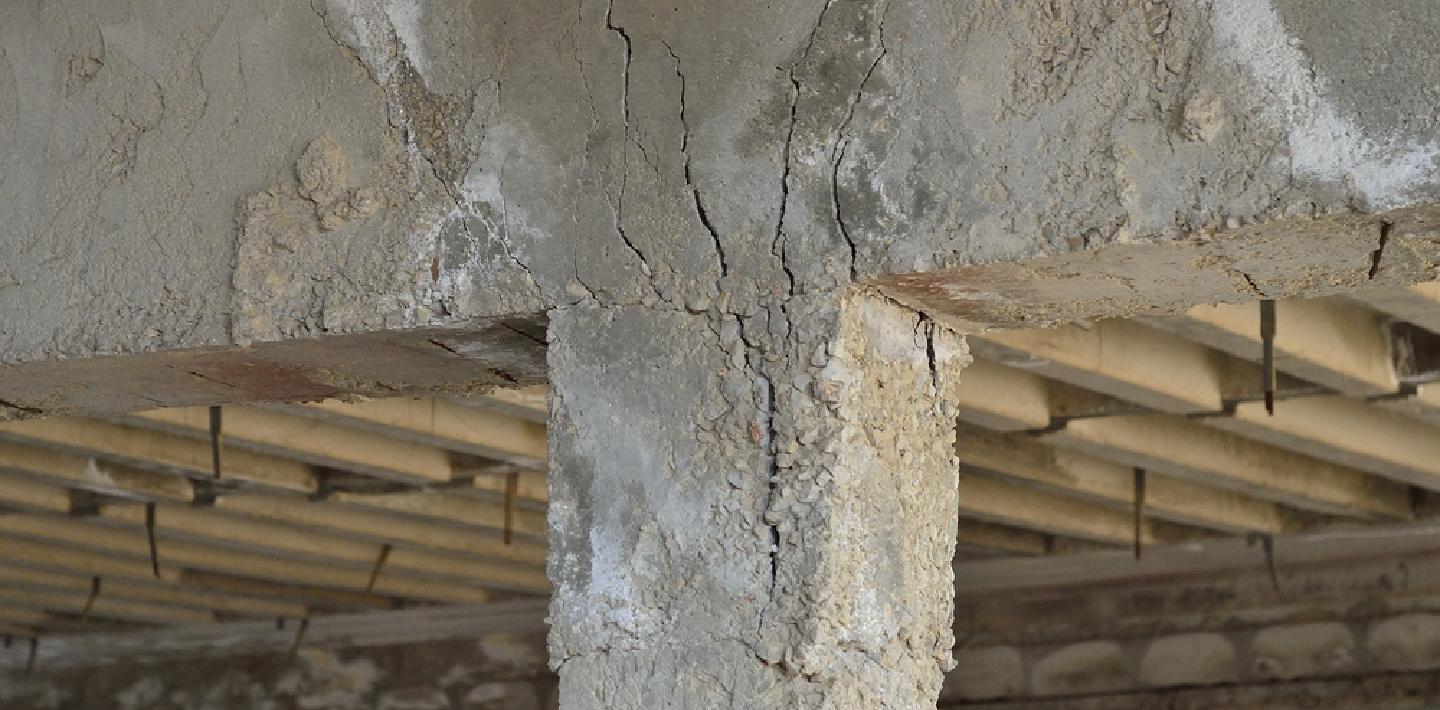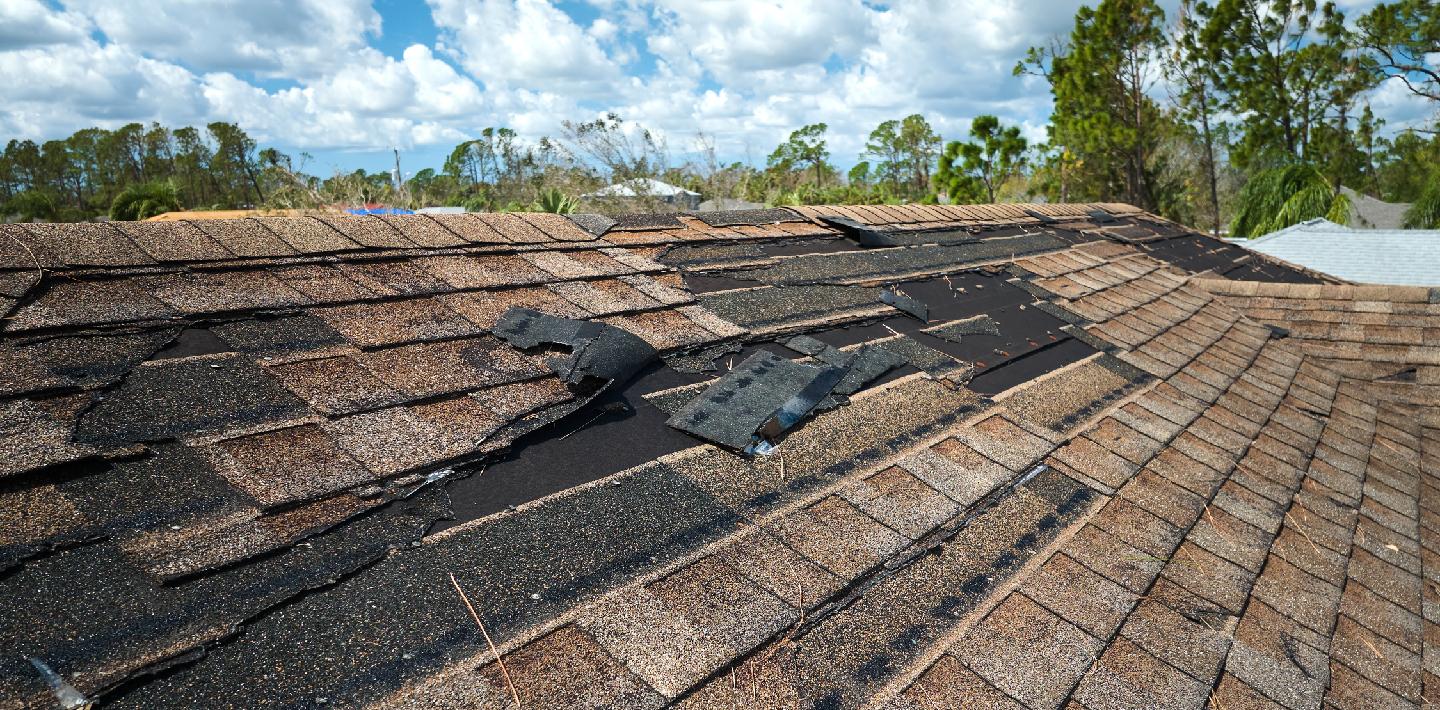Discover the secrets that home sellers hide – from concealed water damage to shaky foundations. Uncover hidden issues for a confident home purchase.
As potential buyers traverse the real estate domain, they encounter sellers employing diverse tactics to mask potential issues affecting the property's integrity. From concealed water damage to obscured backyard contaminations and unstable foundations, we will discuss the strategies utilized by home sellers to camouflage these hidden issues.
Let’s unveil the secrets sellers prefer to keep hidden, empowering you with the knowledge to ensure a sound investment in your future home.
Hidden issues like concealed water damage pose a significant concern that home sellers might attempt to obscure during the selling process. Visible evidence, such as water stains, can indicate leaks or flooding, but sellers may employ strategic decorating or staging to divert attention from these telltale signs.
To safeguard their interests, buyers should maintain keen observation during home tours, particularly alert to signs like an unusual odor or visible wall cracks, which may indicate underlying water-related problems. This level of scrutiny is essential for uncovering potential hidden issues and ensuring a more thorough assessment of the property's condition.

To conceal hidden issues like water intrusion, a home seller uses diverse strategies, such as strategically arranging furniture or stacking cardboard boxes in areas prone to leaks, like basements. Another deceptive tactic is temporarily applying a fresh paint coat to conceal water stains. They should inquire about the last time the home underwent painting, as recent paintwork may serve to conceal underlying water-related issues.
Requesting furniture movement or asking a home seller to remove items blocking potential problem areas enables buyers to inspect for hidden issues such as water-stained floors or moldy carpets. Suppose there are evident red flags, like an unusual odor or visible cracks. In that case, buyers can request the removal of large decorations or picture frames to get a closer look at potential water damage.
Homes built before 1975 often relied on oil for heating, so many have underground oil tanks in their backyards. While these tanks were functional then, they present potential environmental hazards due to soil contamination.

Identifying hidden oil tanks can be challenging, but buyers should pay attention to specific signs during the home inspection. A small fill pipe sticking up from the ground, sometimes covered by patches of grass, is a clear indicator that an oil tank might be present. Sellers might hide these fill pipes to avoid drawing attention during home tours.
The foundation serves as the structural backbone of a home, and any hidden issues with its stability can lead to significant problems. Buyers need to be aware of potential tactics used by a home seller to divert attention from foundation problems.

Uneven paint jobs and zigzag cracks around door frames or windows indicate that a home may have foundation issues. A home seller may use subtle tactics to divert attention from foundation problems. Uneven paint jobs may create an illusion of even surfaces, masking underlying hidden issues. A home seller might hide Zigzag cracks with strategic furniture placement or decorative items.
The impact of troublesome neighbors extends beyond the confines of the property and can affect the quality of life for new homeowners. Nuisances such as barking dogs, loud music, or other disturbances from neighbors can be a major turn-off for potential buyers.
A home seller, especially if they have become accustomed to their environment, may downplay or fail to disclose these problems during showings. They might strategically schedule open houses during quiet times or ask neighbors to minimize disturbances. Buyers need to uncover potential nuisances that may affect their daily lives proactively.

To mitigate the risk of hidden issues with neighbors, buyers should adopt proactive strategies during home-buying. Venturing beyond the property lines to explore the neighborhood at different times of the day provides a more authentic feel for the area. Small talk with locals offers insights into potential nuisances and ensures a well-rounded understanding of the neighborhood dynamics.
Unusual temperature changes within a home can indicate underlying problems such as poor insulation. These problems may stem from unauthorized extensions or modifications to the property.
Buyers should pay attention to subtle shifts in temperature when touring a potential home. A freezing bathroom or an unusually warm bedroom can signal imbalances that may indicate insulation issues. Do not overlook sensory cues like certain rooms feeling dry or damp, as they may hint at underlying problems.

Poor insulation is often a consequence of unauthorized extensions or modifications to a home. A home seller may not openly disclose such changes, especially if they undertake them without obtaining the necessary permits.
If buyers suspect unusual temperature changes are due to unauthorized extensions, they can dispute any extra charges associated with the additional square footage. This rule is important as construction without permits can impact the home's safety and compliance with building codes.
While the mentioned hidden issues are critical, buyers should also be mindful of the following hidden problems:
Concealed electrical issues within a home can pose significant risks to the property and its occupants. While a home seller might temporarily address visible problems, they could conceal underlying wiring issues that may lead to safety hazards. To ensure future occupants' safety, buyers must prioritize a comprehensive electrical inspection during the home-buying process. This proactive approach helps uncover hidden issues with the electrical system, prevent potential dangers, and ensure the overall well-being of the home.

Leaky pipes or outdated plumbing systems can be concealed behind walls or beneath flooring, presenting potential challenges for homeowners. Inquiring about the age of the plumbing system is essential for buyers, as older installations may be prone to issues like corrosion or leaks.
To mitigate the risk of unexpected repair costs and ensure the plumbing is in optimal condition, buyers should ask about the system's age and request a thorough inspection. This step can unveil hidden issues, allowing buyers to address necessary repairs or replacements before they become major concerns.

A properly maintained roof is essential for preserving the overall integrity of a home. While a home seller may address visible leaks, buyers need to be vigilant about potential underlying roof issues. For a thorough evaluation, prospective buyers should ask about the roof's age and condition, considering a professional inspection for a comprehensive assessment. This diligence can contribute to a more informed decision-making process when purchasing a property.

A home seller might downplay or conceal signs of pest infestations, making it imperative for buyers to exercise vigilance. Prospective buyers should remain observant and look for telltale indicators such as droppings, gnaw marks, or unusual odors that could hint at underlying pest issues. Considering the potential impact on the property's condition, buyers should opt for a thorough pest inspection before finalizing the purchase.

Sellers may try to conceal issues; as a buyer, staying proactive is essential. From hidden water damage to potential neighborhood concerns, our exploration has looked at sellers' strategies to hide these challenges. Whether it's a shaky foundation, hidden oil tanks, or concealed electrical issues, staying informed is your shield. Move forward and make decisions that shape the future of your home, ensuring it stands as a sanctuary free from hidden troubles.
Buyers should inquire about the home's history of extensions and, if suspicious, have the right to dispute additional charges associated with unauthorized modifications.
Yes, a discerning buyer may notice a subtle shift in the atmosphere during a home tour, which could indicate potential problems with the foundation.
When uncovering issues that sellers might not willingly disclose, hiring a professional home inspector is advisable. A qualified home inspector can thoroughly examine the property, examining its structural integrity, electrical systems, plumbing, and other essential aspects.
Subscribe to our monthly newsletter for up-to-date real estate industry trends, news, and insights.